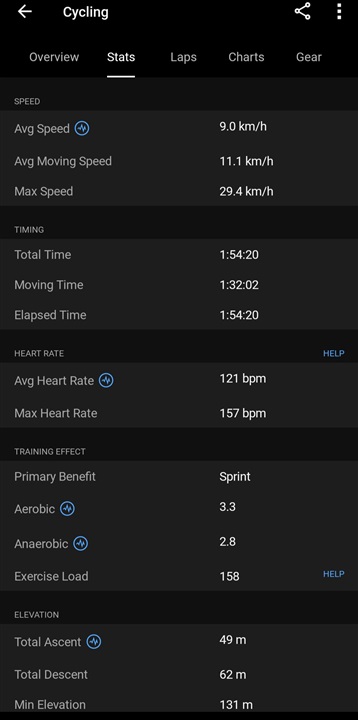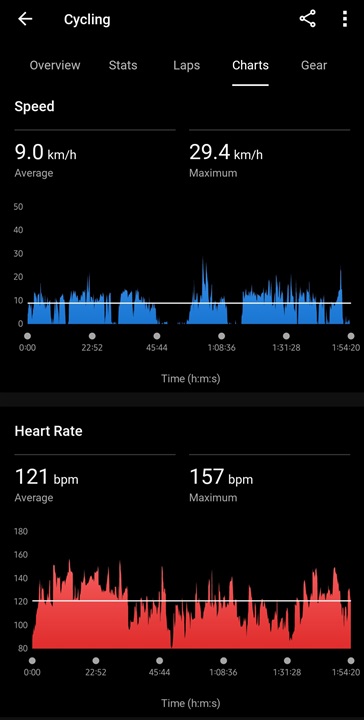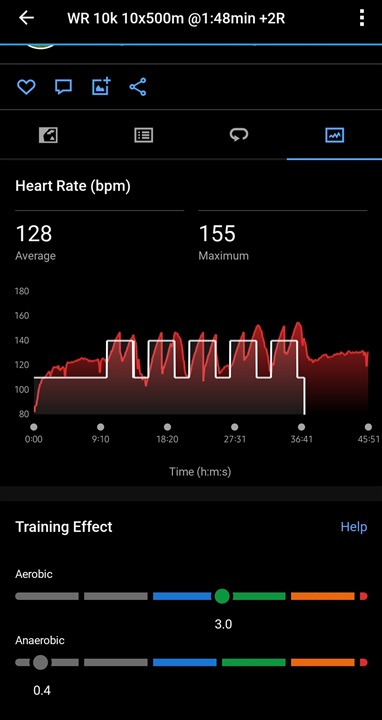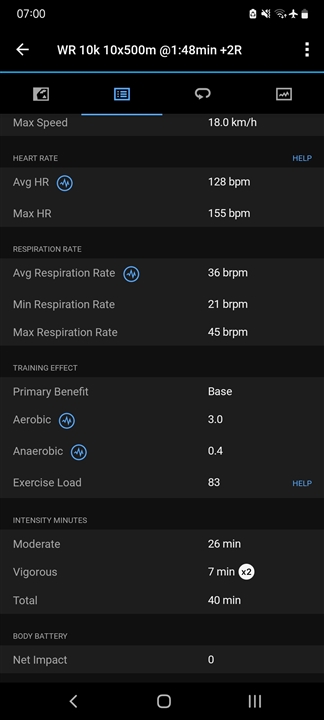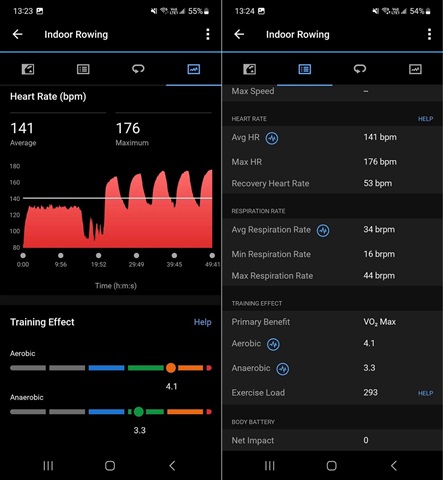Guys, have a question regarding the above.
I'm using my FR255 to log my cardio exercises and at the moment I row, exclusively.
1) Monday session: row for 30 minutes bringing my HR to a very constant 140bpm. The watch gives me an exercise load of 104
2) Tuesday session: row for 1hour bringing my HR to a very constant 140bpm. The watch gives me an exercise load of 136.
I would have expected the Exercise Load of Monday's session to to be 104 x 2 = 208.
Why is this not the case ?


